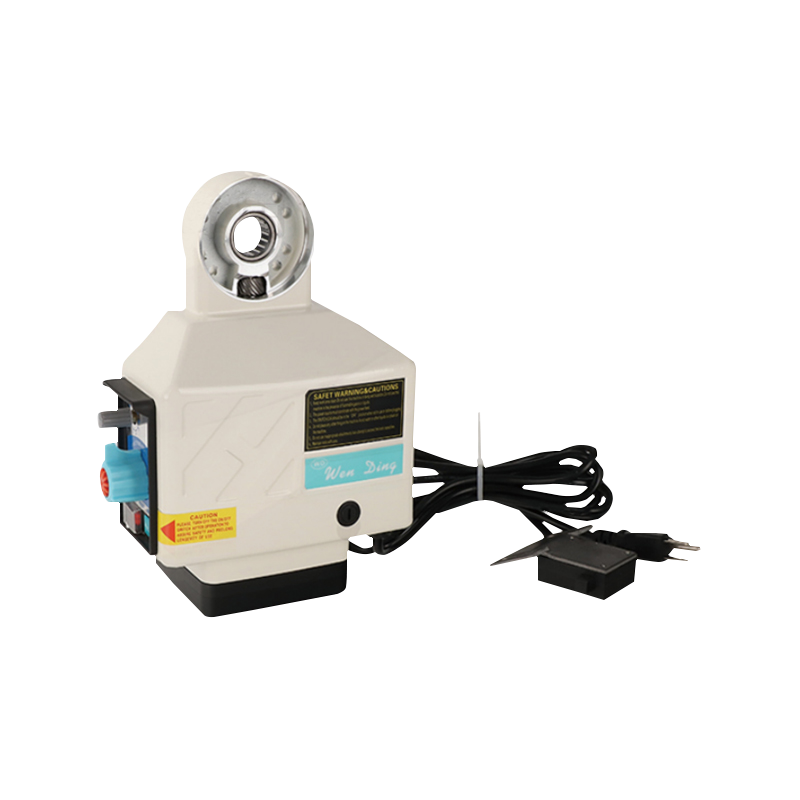The Advantages of Multi Axis Machining with Axis Milling Machines
In modern manufacturing, the demand for precision, efficiency, and versatility in machining complex parts continues to grow. The Axis Milling Machine stands out as a key solution for meeting these challenges, particularly due to its multi-axis machining capabilities. By supporting simultaneous movement across three, four, five, or even more axes, the Axis Milling Machine enables manufacturers to achieve high precision and enhanced productivity while reducing setup times. This article explores how multi-axis machining capabilities make the Axis Milling Machine indispensable in today's competitive production environments.
One of the significant advantages of the Axis Milling Machine lies in its ability to perform multi-axis simultaneous machining. Traditional milling machines typically operate on three axes—X, Y, and Z, limiting the complexity of parts they can efficiently process. In contrast, the Axis Milling Machine can integrate additional rotational or tilting axes, allowing cutting tools to approach the workpiece from multiple directions in a single setup. This ability is crucial when dealing with parts that feature complex geometries, including curved surfaces, deep cavities, and intricate contours.
The multi-axis capability of the Axis Milling Machine greatly enhances machining precision. When a part requires multiple operations on different faces or angles, the conventional approach involves repositioning the workpiece multiple times. Each repositioning can introduce alignment errors and reduce overall accuracy. However, with the Axis Milling Machine, simultaneous multi-axis movements mean the part remains securely clamped throughout the process, eliminating errors caused by repeated setups. This consistent clamping improves dimensional accuracy and surface finish, which are critical in industries like aerospace, automotive, and medical device manufacturing.
Efficiency is another key benefit brought by the Axis Milling Machine through its multi-axis capabilities. By reducing or even eliminating the need for multiple setups, the machining cycle time is significantly shortened. A part that once required several separate machining operations on different machines can now be completed in a single cycle on the Axis Milling Machine. This consolidation reduces downtime, lowers labor costs, and streamlines workflow. Furthermore, simultaneous multi-axis machining allows for smoother tool paths and optimized cutting strategies, which contribute to faster material removal rates and improved tool life.
The versatility of the Axis Milling Machine is enhanced by its multi-axis features, allowing it to handle a wide range of materials and applications. Complex components with freeform surfaces, such as turbine blades, mold inserts, and medical implants, can be efficiently produced. The Axis Milling Machine’s ability to access difficult-to-reach areas on a part with precision means fewer custom fixtures and less manual intervention are required. This adaptability makes the Axis Milling Machine a valuable asset for job shops and manufacturers that handle diverse production requirements.
Programming and control technology also play an important role in harnessing the full potential of the multi-axis Axis Milling Machine. Advanced CNC systems provide sophisticated path planning, enabling smooth coordination of all axes simultaneously. CAM software integration allows for accurate simulation of multi-axis tool paths, helping avoid collisions and ensuring machining sequences. The combination of powerful hardware and intelligent software makes the Axis Milling Machine highly capable of producing intricate designs while maintaining user-friendly operation.

Another advantage of the multi-axis Axis Milling Machine is the reduction of manual labor and operator skill requirements. Complex setups and adjustments are minimized, allowing operators to focus more on monitoring and quality assurance rather than time-consuming alignments. This automation of complex machining tasks improves consistency and reduces the potential for human error, contributing to better overall product quality.
From a production standpoint, the multi-axis Axis Milling Machine enhances competitiveness by enabling faster turnaround times and product quality. Manufacturers can take on more complex projects and meet tighter tolerances without significant increases in times or costs. The ability to machine sophisticated parts accurately in one setup translates to better resource utilization and increased capacity.
Additionally, the Axis Milling Machine supports continuous innovation in design and engineering. As product complexity increases in many industries, the capability to machine freeform and 3D surfaces precisely is essential. The multi-axis feature allows engineers to realize complex designs that would be difficult or impossible to produce using traditional machining methods. This expands possibilities for product development and customization.
In conclusion, the Axis Milling Machine, equipped with multi-axis machining capabilities, offers substantial benefits in precision, efficiency, versatility, and productivity. By enabling simultaneous movement across multiple axes, this machine reduces setup times, improves machining accuracy, and handles complex parts with ease. The combination of advanced CNC controls and flexible multi-axis motion makes the Axis Milling Machine a cornerstone technology in modern manufacturing. As industries continue to demand high-quality, complex components, the multi-axis Axis Milling Machine will remain an essential tool for achieving these goals.

 EN
EN  English
English русский
русский Español
Español عربى
عربى









